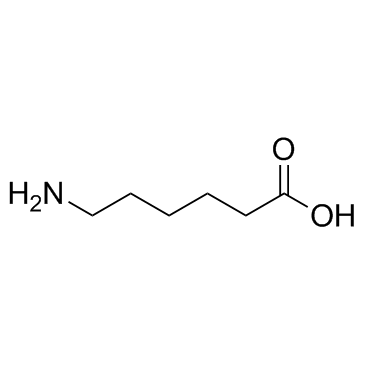| Structure | Name/CAS No. | Articles |
|---|---|---|
 |
6-Aminocaproic acid
CAS:60-32-2 |
|
 |
Aprotinin acetate salt
CAS:9087-70-1 |